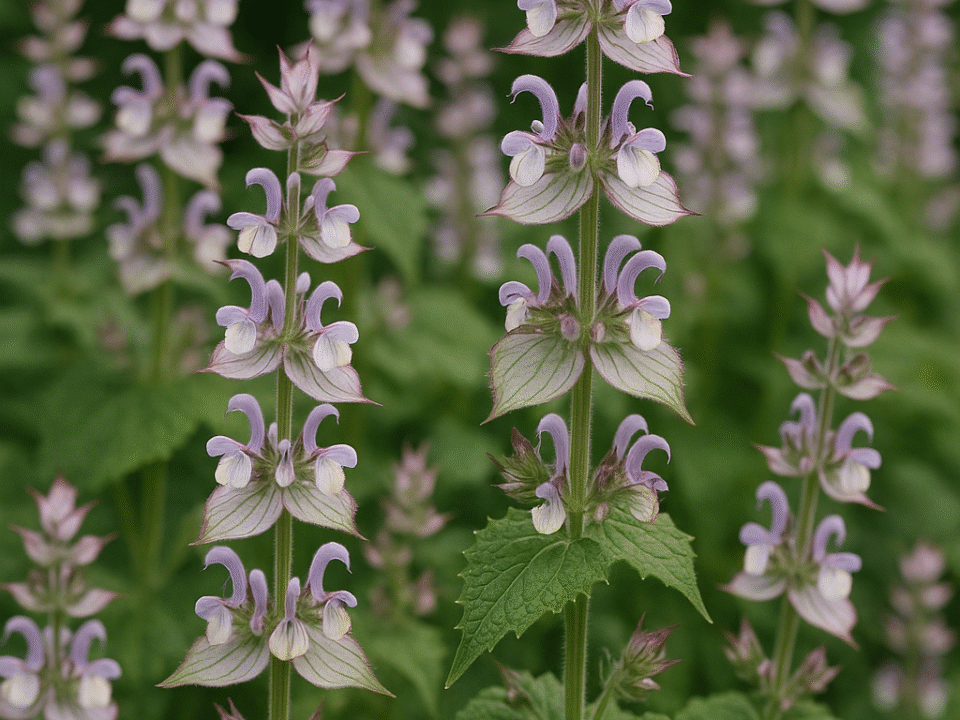
Potassium azeloyl diglycinate, an avant-garde ingredient crafted through the synthesis of azelaic acid chloride, glycine, and KOH, stands at the forefront of skincare innovation. This water-soluble compound is not only known for its sebum regulating properties but also for its ability to lighten the skin, making it a dual-action marvel in the realm of skincare. Its inclusion of glycine enriches the formula with moisturizing benefits and enhances the suppleness of the skin’s outermost layer, the stratum corneum.
On the other hand, Hydroxypropyl chitosan (HPCH) emerges as a water-soluble, semi-synthetic offspring of chitosan. This remarkable substance serves as a protective shield for the skin, safeguarding it against various environmental stressors, whether chemical or physical. It’s known for its breathable yet robust film-forming abilities, creating a flexible barrier that’s receptive to both air and moisture. Additionally, its role in improving the dispersion of other ingredients, coupled with a commendable safety profile, underscores its utility in skincare formulations. The inherent adhesive qualities of chitosan and its derivatives, attributed to their positive charge, ensure firm attachment to biological tissues.
In the sphere of cosmetic innovation, potassium azeloyl diglycinate shines with its compatibility and stability, making it a preferred choice for an array of cosmetic formulations. It mirrors the benefits of its cousin, azelaic acid, notably in evening out skin tone. However, it steps up by offering enhanced ease of formulation. Notably, it addresses skin sensitivity concerns by visibly diminishing redness and providing a soothing effect on irritated skin, marking it as a comprehensive solution for maintaining skin health and appearance.



